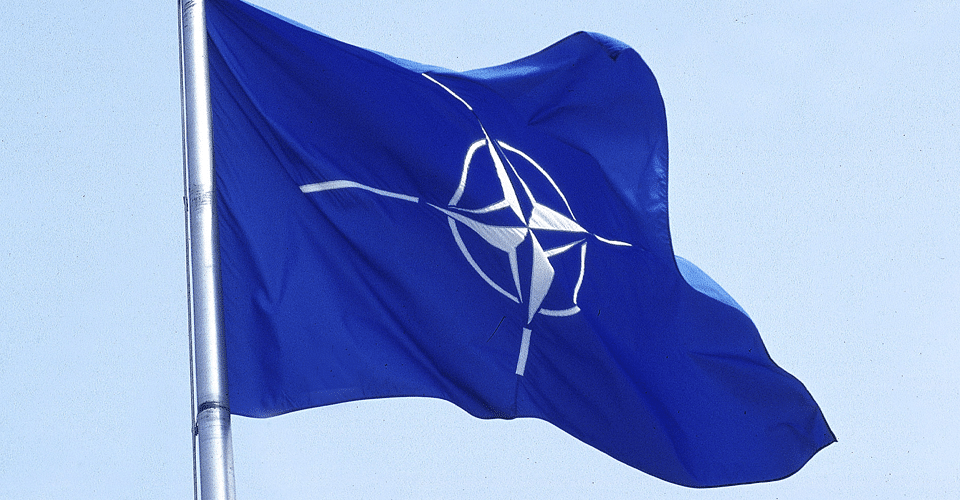Глава логистической компании Евротерминал Александр Эйсмонт высказался, что цифровизация различных услуг это условие для успешного бизнеса. Тенденция не обошла стороной и логистические услуги в том числе. Таким образом, транспортная логистика сейчас наиболее заинтересована в цифровой трансформации и автоматизации процессов.
Многие логистические компании охотно переходят частично, либо полностью на новые бизнес-идеи, где практически всё автоматизировано. К тому же внедрение и использование цифровых продуктов сейчас – это наиболее верный способ сократить расходы.
Александр Эйсмонт: Управление логистической деятельностью
Современная бизнес-среда характеризуется высокой степенью неопределенности в силу ряда причин, отмечает Александр Эйсмонт. На неопределенность параметров в цепочке поставок сильное влияние оказывают следующие факторы:
1. Спрос
2. Сроки поставки
3. Уровень запасов
4. Количество заказов
5. Производственные мощности
6. Время транспортировки
7. Природные и человеческие факторы и т.д.
Логистическая деятельность в цепях поставок в основном направлена на снижение непроизводственных затрат компании. Кроме того, при этом сокращаются сроки производства, что предполагает снижение трудозатрат на отдельные категории персонала и простоев оборудования.
Именно по этим причинам необходим системный подход в управлении цепью поставок как структурой взаимосвязанных элементов, считает Александр Эйсмонт.
В свою очередь, данные элементы будут объединены общей целью для достижения дальнейшей кооперации и синхронизации процессов. В то же время, в цепи поставок можно выделить три взаимозависимых объекта управления:
- подсистема потока бизнес-процессов;
- подсистема взаимоотношений и стратегических партнерств компаний, участвующих в цепочке поставок;
- подсистема управления на уровне поставок.
Такой подход будет учитывать специфику и сложность этих процессов как объекта управления, объясняет Александр Эйсмонт.
Александр Эйсмонт: Цифровая трансформация логистики
Для того, чтобы создать условия для ведения бизнеса в новой цифровой реальности, необходимо создавать и использовать современные информационные системы, интеллектуальные информационные технологии, выстраивать процессы сетевой интеграции, подчеркивает Александр Эйсмонт.
Инструменты коммерческой цепочки создания ценности для клиентов на едином цифровом транспорте и логистике позволят создать новый современный фокус в сторону развития торговли и ее дальнейшее выведение на новый уровень. Цифровая логистика, важное направление цифровой трансформации экономики, может стать механизмом реализации этих задач.
Переход к прогностическим моделям развития новой экономики определяет необходимость изменения системы деловых отношений между организациями и физическими лицами на основе анализа базы данных, планирования поставок, а также использования «умных» сквозных технологий производства, доставки товаров и оказания услуг.
Александр Эйсмонт объясняет, что вектор цифровой индустрии определяет важную эволюцию геоинформационных систем (GIS), необходимых для транспортно-логистических решений.
Местоположение объектов дополняется как минимум двумя измерениями — временем (time) и финансами (money/ finances). Это позволяет связать разные сферы деятельности, а в перспективе и экономические процессы с областями функционирующей логистики (т.е. логистика снабжения, логистика производства, логистика распределения, и т.д.).
Таким образом можно сделать вывод: ключ к успеху транспортно-логистических организаций в нынешнее время – это выявление новых продуктов согласно ценностям партнёров и клиентов. И данными инструментами таких ценностей являются цифровые технологии и цифровое моделирование.


 4265
4265












